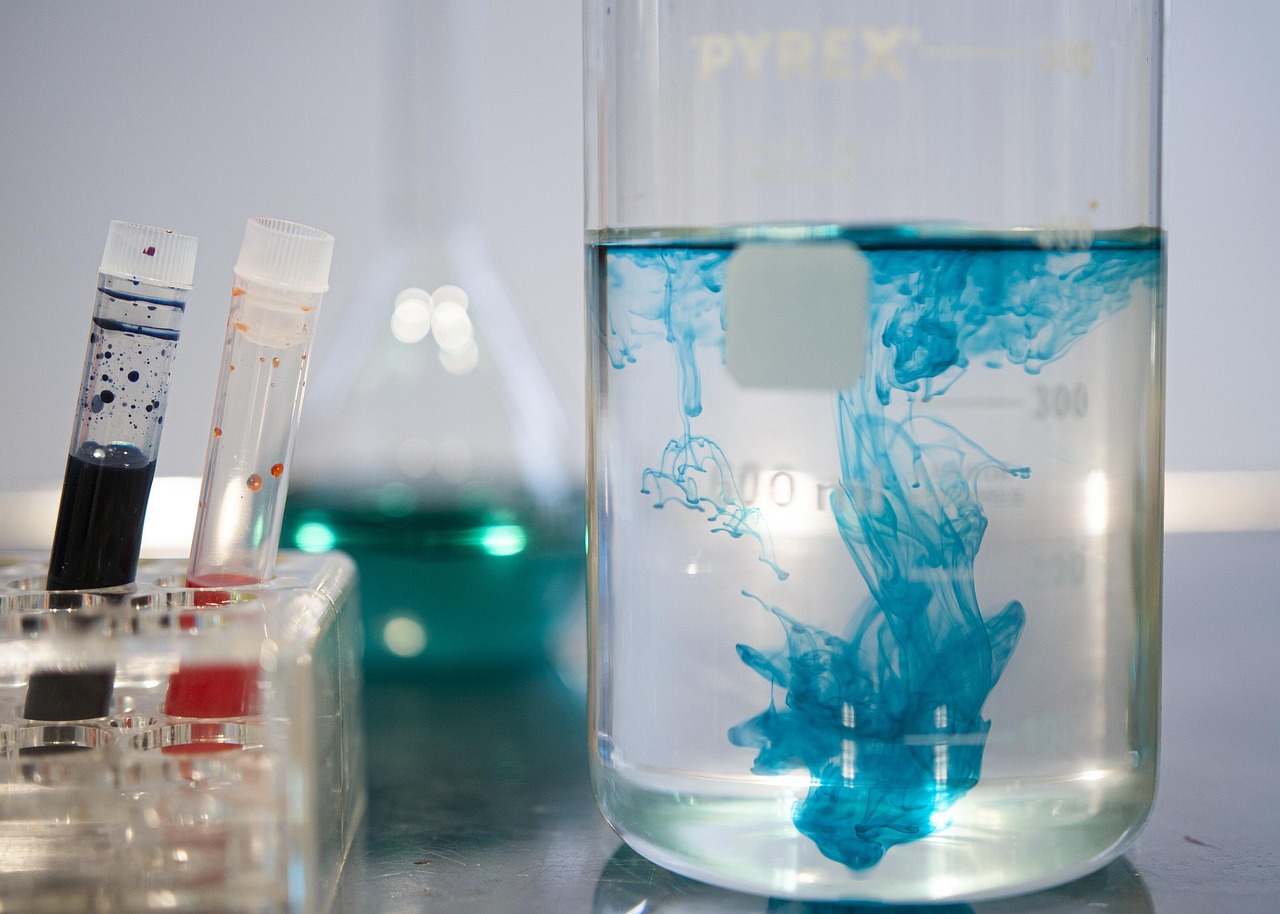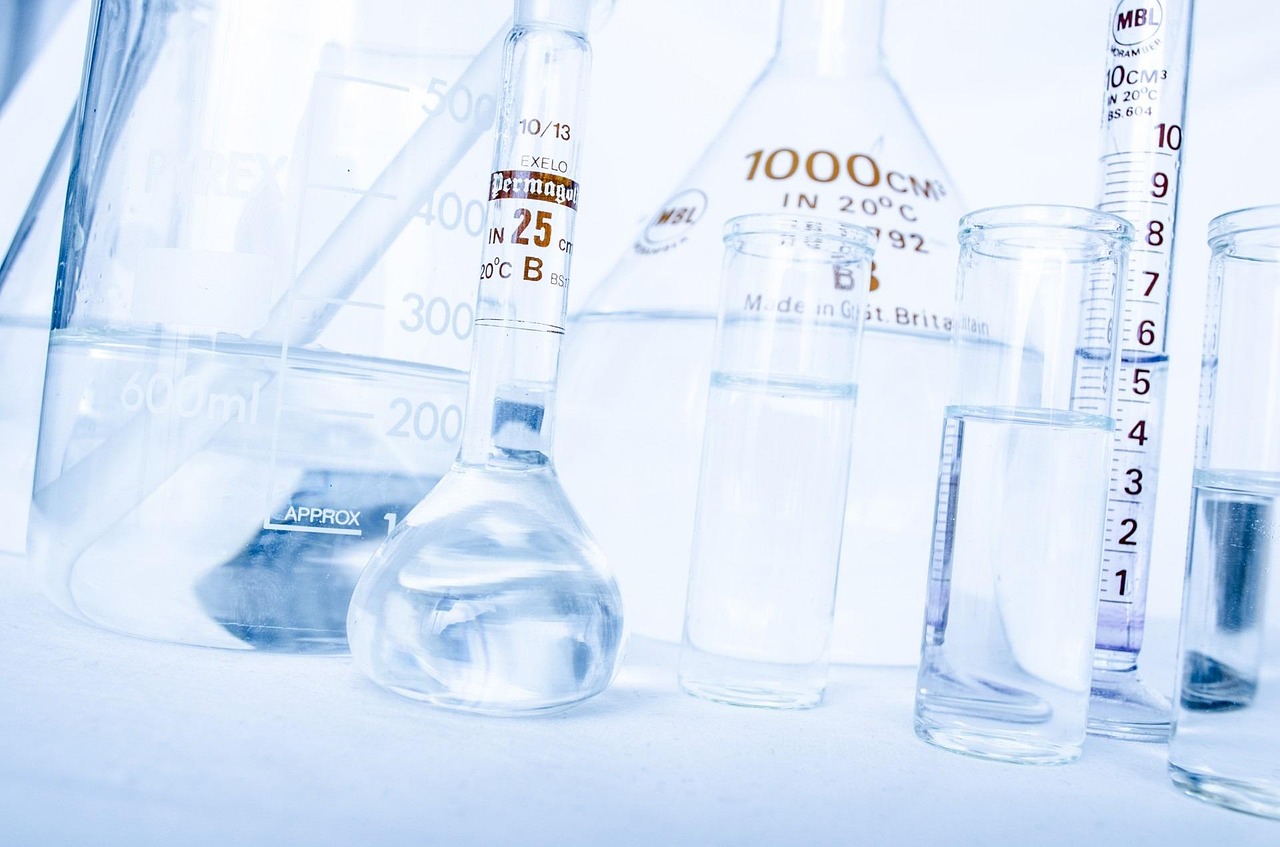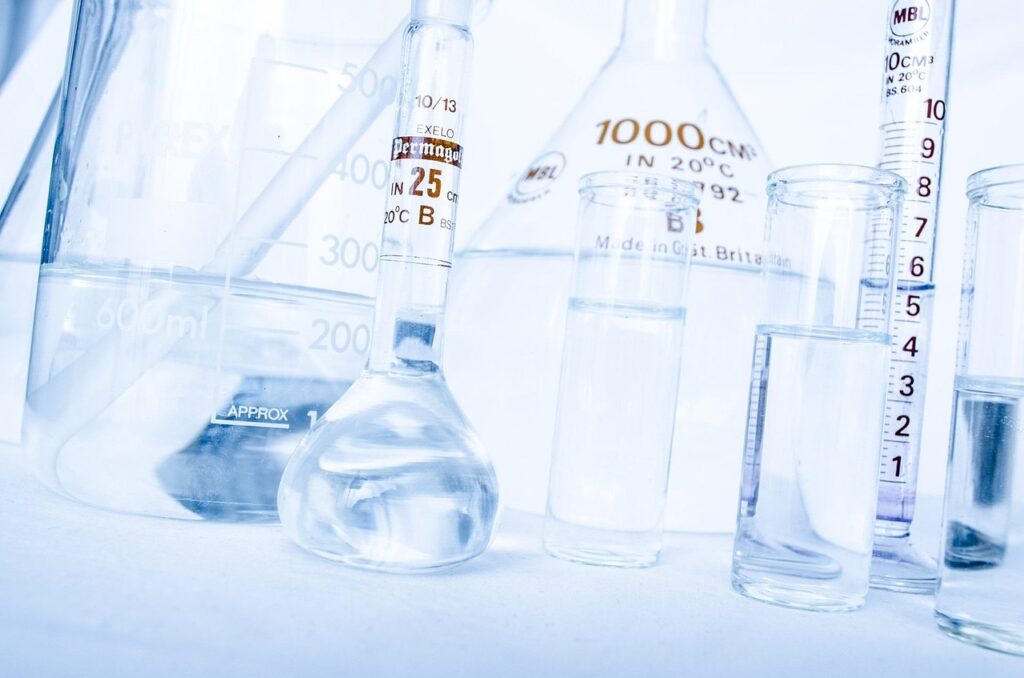In today’s health-conscious world, understanding the nutritional content of food is more important than ever. Food testing for nutrition is essential to guarantee that customers are given correct information about the food they eat. This in-depth manual will explore the complex procedure of nutrition-based food testing, illuminating the procedures, advantages, and difficulties that are there.
Introduction to Food Testing for Nutrition
Food testing is a methodical procedure used to assess the nutritional value of food items. This involves taking measurements of the concentrations of micronutrients (such as vitamins and minerals), macronutrients (including proteins, carbs, and fats), and other elements (like fiber and water). Providing accurate nutritional data that may be utilized for labeling, regulatory compliance, and guaranteeing the health and safety of consumers is the main objective.
Why Food Testing for Nutrition is Essential
- Accurate Labeling: One of the primary reasons for food testing is to ensure that food labels accurately reflect the contents of the product. This helps consumers make informed dietary choices.
- Regulatory Compliance: Different countries have specific regulations regarding nutritional labeling. Food testing for nutrition ensures that food products comply with these regulations, avoiding legal issues and potential fines.
- Consumer Trust: Providing accurate nutritional information builds trust with consumers. They are more likely to purchase products from companies that are transparent about their nutritional content.
- Product Development: Food testing for nutrition helps manufacturers develop and improve their products. By understanding the nutritional content, they can make adjustments to meet health standards and consumer preferences.
The Process of Food Testing for Nutrition
1. Sample Collection
The collection of representative food product samples is the first stage in the nutrition testing of food. This is important because the quality and representativeness of the sample determine how accurate the test results will be. Usually, samples are taken from several batches to guarantee uniformity.
2. Sample Preparation
Samples are prepared once they are collected. To achieve a homogenous combination, the sample must be homogenized. To guarantee that the results of the subsequent tests appropriately represent the total nutritional value of the food product, proper preparation is essential.
3. Analytical Methods
Nutritional food testing uses a variety of analytical techniques to calculate the nutritional value. These techniques fall into three general categories: physical, chemical, and microbiological analyses.
Chemical Analysis
Chemical analysis involves breaking down the food sample into its chemical components. Common methods include:
- Chromatography: Used to separate and identify different compounds in the food sample. High-Performance Liquid Chromatography (HPLC) is often used for vitamin and amino acid analysis.
- Spectroscopy: Utilized to measure the concentration of specific nutrients. For instance, Atomic Absorption Spectroscopy (AAS) is used for mineral analysis.
Physical Analysis
Physical analysis measures the physical properties of the food sample. This can include:
- Gravimetric Analysis: Determines the moisture, ash, and fiber content by measuring the weight changes in the sample after specific treatments.
- Calorimetry: Measures the caloric content by determining the energy released when the food sample is burned.
Microbiological Analysis
While microbiological analysis is primarily used for food safety, it can also provide insights into the nutritional quality of food products. This includes:
- Microbial Fermentation: Analyzing the impact of microorganisms on the nutritional content, such as probiotic cultures in yogurt.
4. Data Interpretation
After the analysis is finished, the data is evaluated to ascertain the food sample’s nutritional composition. This entails computing the concentrations of different nutrients and comparing the test results with standard values.

5. Reporting
The final step in food testing for nutrition is reporting the results. The results are recorded in an extensive report that includes thorough nutritional data. Product development, labeling, and regulatory compliance all use this report.
The Role of Nutrition Testing Labs in India
Nutrition testing labs in India play a crucial part in the process of food testing for nutritional value. These labs are staffed by experts who guarantee accurate and trustworthy testing, along with cutting-edge equipment. In this way, they are helpful:
1. Modern Technology: Food samples are analyzed in nutrition testing laboratories in India using cutting-edge tools and methods. This guarantees exact and accurate outcomes.
2. Regulatory Compliance: These labs are knowledgeable about Indian and international regulations. They guarantee that food items adhere to all applicable norms and guidelines.
3. Expertise: Different facets of food testing for nutrition are the focus of professionals in nutrition testing labs in India. Their knowledge guarantees a complete and precise analysis.
4. Quality Assurance: To preserve the accuracy and integrity of the testing procedure, these labs adhere to stringent quality assurance guidelines. This covers routine equipment calibration and procedure validation.
Challenges in Food Testing for Nutrition
Despite its importance, It faces several challenges:
Complexity of Food Matrices: It can be challenging to assess some nutrients precisely because food products frequently have complex matrices. To solve this problem, sophisticated strategies and methodologies are needed.
Sample variety: Test results can be inconsistent due to the inherent variety of food products. Utilizing statistical techniques and ensuring a representative sample can aid in resolving this problem.
Regulatory Shifts: Food manufacturers may face difficulties due to the ongoing modifications in regulatory regulations. Sustaining adherence to these modifications necessitates ongoing observation and adjustment.
Cost and Time: Nutritional food testing can be costly and time-consuming. Investing in cutting-edge technology and effective work processes can save expenses and time.
Conclusion
Food testing for nutrition is an essential procedure that guarantees consumer trust, regulatory compliance, and nutritional information correctness. Manufacturers may create better products and give consumers accurate nutritional information by comprehending the intricate process of food testing for nutrition. India’s nutrition testing labs are essential to this process because they provide cutting-edge equipment, knowledge, and quality control to guarantee accurate and dependable results. Notwithstanding these obstacles, ongoing technological and methodological developments are increasing the effectiveness and accessibility of food testing for nutrition.
Nutrition food testing continues to be a pillar of the food industry, encouraging openness, confidence, and innovation at a time when consumers are becoming more and more concerned about their health and nutrition.











